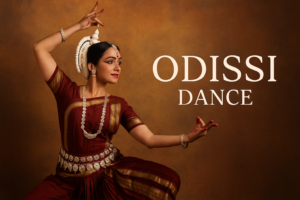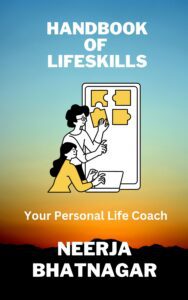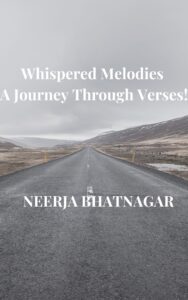
Exploring the divine rhythm of India’s classical legacy
India is home to a rich tapestry of classical dance forms, each deeply rooted in spirituality, mythology, and cultural storytelling. Among them, Odissi—a dance form originating from the eastern state of Odisha—stands out as one of the most graceful and spiritually profound art forms.
Odissi is not just a performance. It is a sacred offering, a dialogue between the divine and the dancer, the spiritual and the aesthetic. With every delicate hand gesture (mudra), each bend in the body (tribhangi), and every facial expression (abhinaya), Odissi weaves stories that date back thousands of years.
The Divine Origins of Odissi
Odissi traces its roots back over 2,000 years, flourishing in the temples of Odisha. It was traditionally performed by Maharis—female temple dancers—as an offering to Lord Jagannath, the presiding deity of Puri. These devotional performances were integral to daily rituals and special temple festivals.
The form is closely aligned with the Natya Shastra, the ancient Sanskrit treatise on performing arts, believed to have been composed between 200 BCE and 200 CE. However, Odissi’s distinctiveness lies in its spiritual core—an embodiment of Bhakti Rasa (the flavour of devotion).
The Philosophy Behind the Movements
Odissi is not just about dance—it’s a meditative and immersive experience. The dancer becomes both narrator and devotee, channelling the essence of divine love through precise movements and deeply expressive storytelling.
Key Features of Odissi:
-
Tribhangi posture – the body is bent at three points: head, torso, and knee, symbolising grace and femininity.
-
Chowka stance – a square, masculine pose signifying strength and stability.
-
Abhinaya – the subtle facial expressions that bring mythological stories to life.
-
Mudras – intricate hand gestures used to communicate characters, emotions, and narratives.
The music accompanying Odissi is equally rich, usually based on Odissi ragas, with instruments like the mardala (a type of drum), flute, and veena.
From Obscurity to Global Recognition
Like many traditional art forms, Odissi faced decline during the colonial era. But the post-independence period saw a remarkable revival thanks to the efforts of dedicated gurus like Kelucharan Mohapatra, Pankaj Charan Das, Sanjukta Panigrahi, and Deba Prasad Das. These pioneers codified Odissi into a structured format suitable for stage performance while retaining its spiritual essence.
Today, Odissi is taught in prestigious dance institutions across India and abroad. It’s performed at international festivals, cultural showcases, and spiritual gatherings, drawing dancers and art lovers from around the globe.
Why Odissi Still Matters Today
In a digital world driven by speed and productivity, Odissi offers a sanctuary of slowness, mindfulness, and connection. It’s a gentle reminder that movement can be sacred, rhythm can be healing, and storytelling can be soul-stirring.
Practising or watching Odissi helps us:
-
Reconnect with Indian roots and mythology
-
Experience a meditative form of expression
-
Appreciate the synergy between body, mind, and soul
-
Celebrate the power of feminine grace and strength
Odissi is more than a dance—it is heritage in motion. It reflects India’s spiritual depth, artistic elegance, and timeless stories. As we move forward in a globalised world, traditions like Odissi anchor us in identity, culture, and beauty.
Let us support, learn about, and share these traditions so they never fade into the background of history.
Have you ever seen an Odissi performance live? Or maybe you’ve tried it yourself? I’d love to hear your experience in the comments!
Blogchatter A2Z powers this post.
I am participating in this month-long challenge hosted by Blogchatter. You can check out my other posts about this challenge here.
Neerja Bhatnagar
Feel free to connect with me on social media to stay updated on more content like this!
Instagram | Facebook | YouTube |Twitter |Podcast |
I have written 3 solo books and 3 anthologies. You can buy my books on Amazon. If you are on Kindle Unlimited, you can read them for free. Pls, do check and share your reviews.




I landed in this post tempted by the title. Odissi truly is a mermerizing dance form.
Though I had seen odissi only in videos before, I was fortunate to attend a live performance by Padmashri Madhavi Mudgal about 15 years ago, on a beautiful evening. She took the time to explain the background of each piece, much like you did in your post, and described the composition. The first one was ‘Yahi madhava.. Yahi kesava..’, the rest slipped from my memory.
While I am not familiar with the technical aspects of the art form, it was pure bliss to listen to the composition and watch her graceful postures.
Your post pushed me into nostalgia. Well done. All the best
Thank you so much for sharing your beautiful memory! Watching Padmashri Madhavi Mudgal perform live must have been an unforgettable experience. I’m so glad the post brought back those cherished moments for you. Truly appreciate your kind words and support!